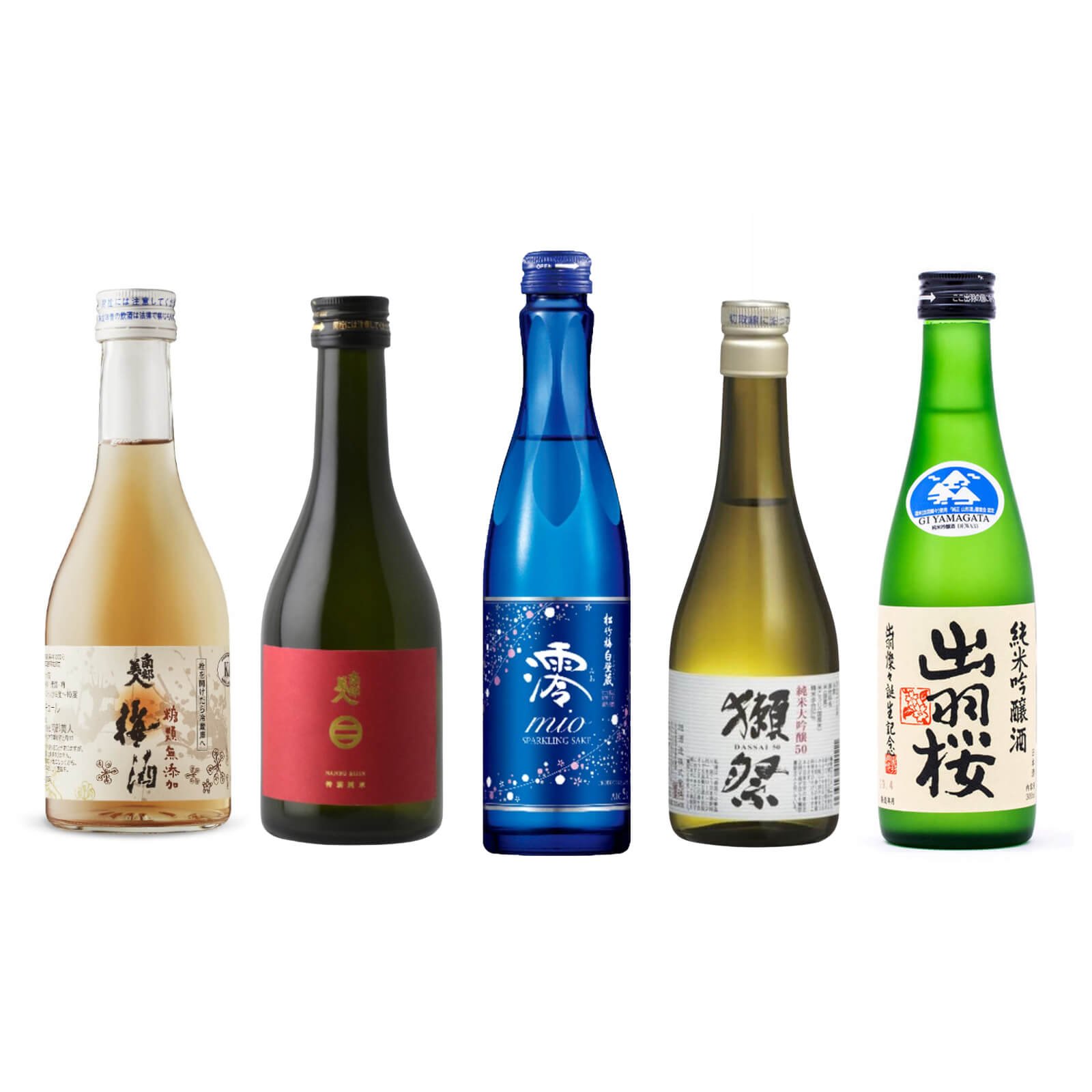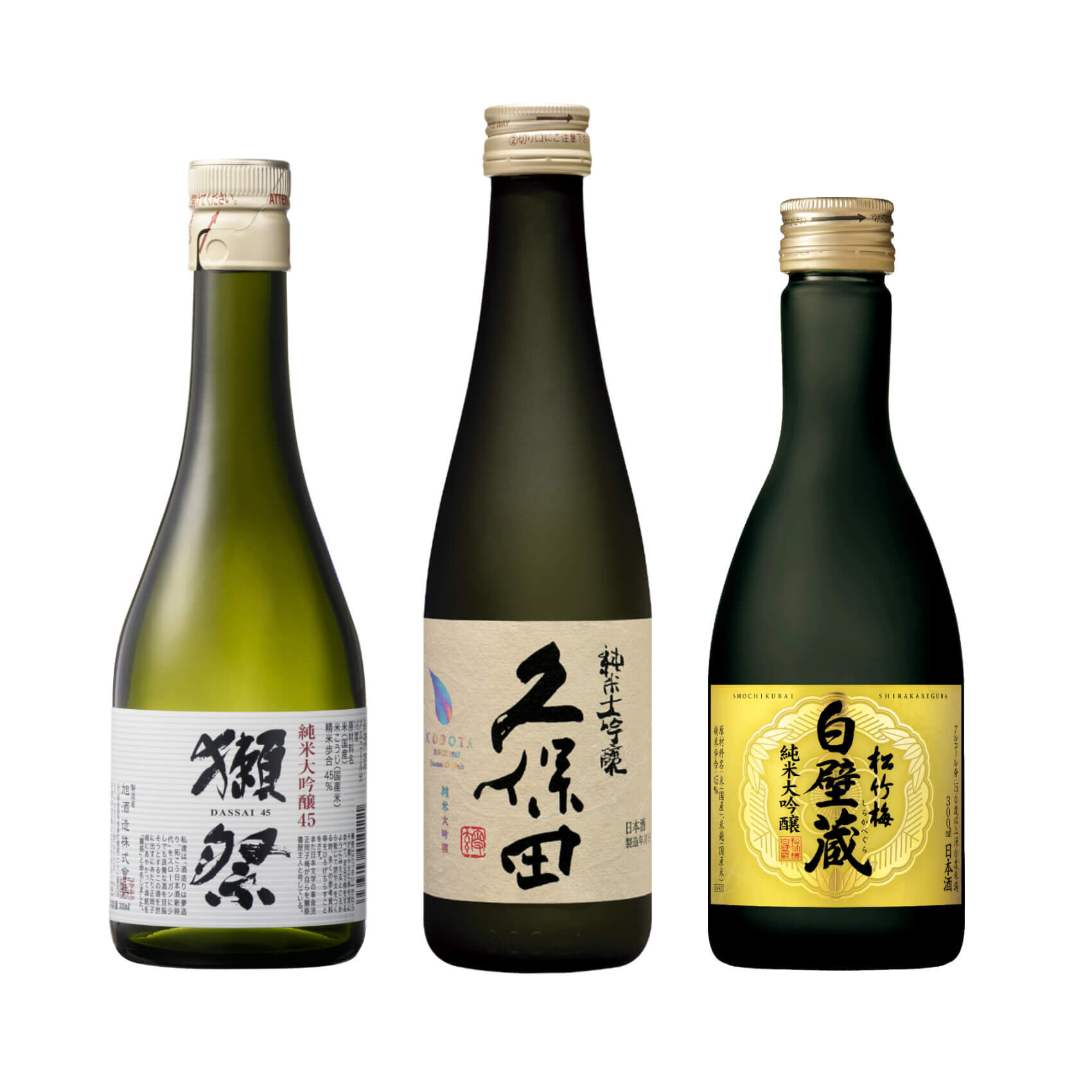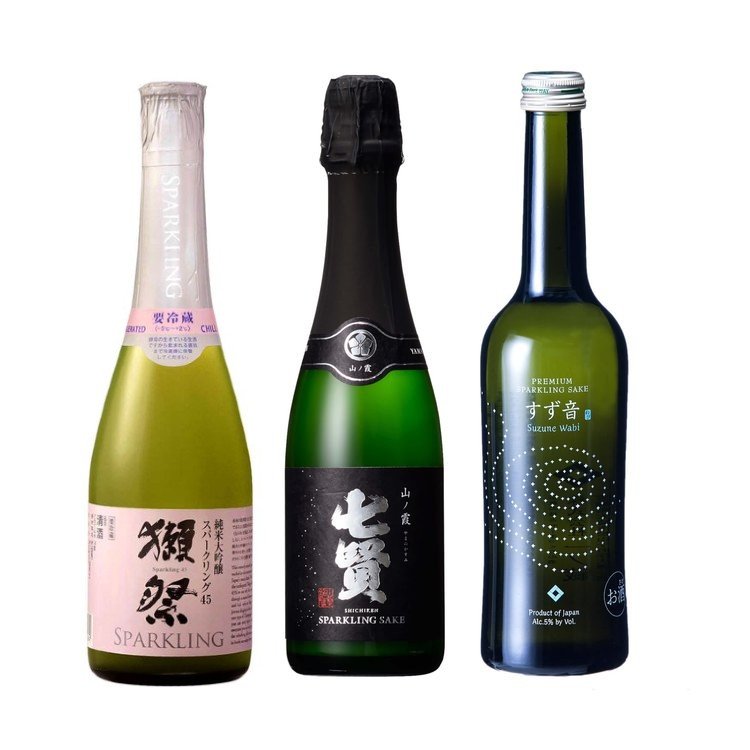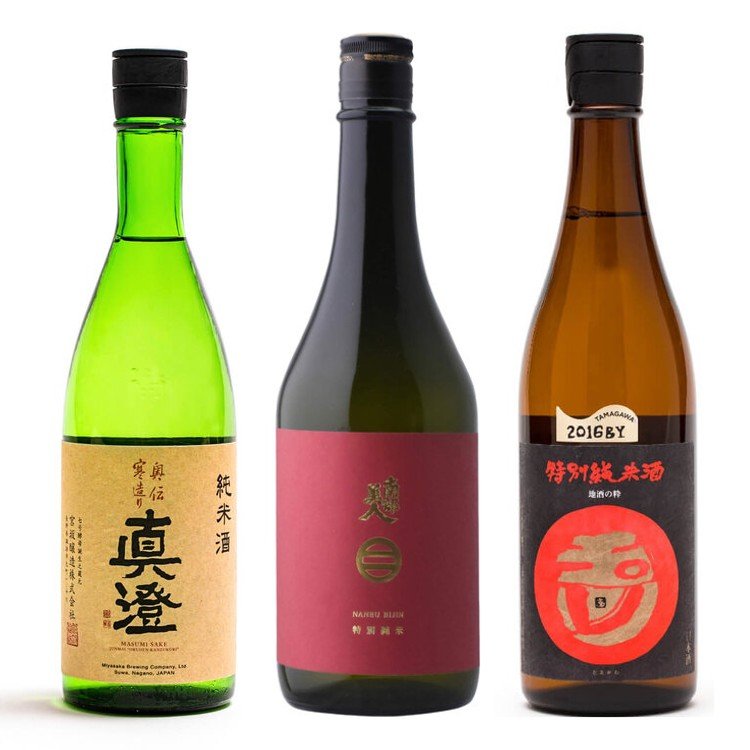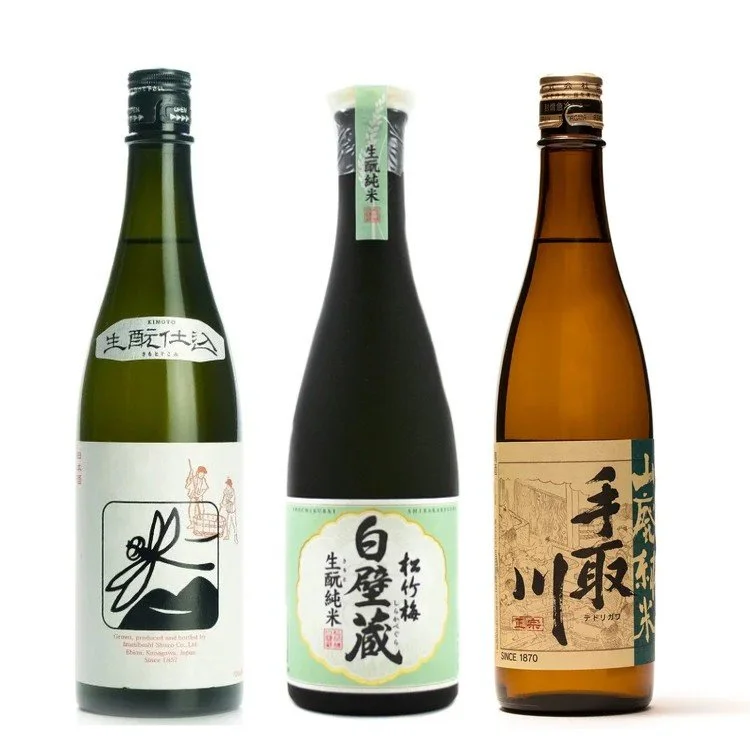How to choose your sake
Deciding which style of sake to choose is not easy. Even seasoned wine buffs, bartenders and sushi pros can struggle to navigate the mysterious world of Japan's native brew. Here we offer a few ideas on how to choose the right sake for the right moment.
Our single best piece of advice is just to get stuck straight in! Try a few different sake styles together and you’ll quickly find the characteristics you like or don’t like. If you can’t find a tasting event near you, purchasing smaller (300ml) sized bottles are ideal for this, without breaking the bank.
Choosing sake to pair with food
‘Sake never fights with food.’
Sake is almost always better when enjoyed alongside food, and this simple Japanese proverb sums up the impressive versatility of sake when it comes to food pairing; a truth that is now recognised by chefs and sommeliers all over the world. There is also no ‘authentic’ approach to pairing in Japan, so, unlike wine, there is much more freedom and less chance of getting a dud match.
At London Sake we have spent years experimenting so we could suggest sensible dishes to match all our sake, so you don’t have to. However, you may want to start with a dish you already have in mind.
To keep things simple, we like to follow few rules of thumb when pairing sake with food:
Simple dishes with 1 or 2 high quality ingredients will work more often than not
Umami-rich foods and Umami-rich sake create a powerful combination
For more delicate sake styles (e.g. ginjo), generally avoid very rich, spicy or sweet dishes
Avoid pairing dishes based on a sake’s region or rice variety alone, they can vary greatly
Get inspiration from popular regional dishes, there’s a good chance they pair well with the local brewery’s signature sake
If in doubt, follow the philosophy of Japanese cuisine (Washoku) and you won’t go far wrong
No food? A handful of small, salty nibbles will work with most sake!
If you’re a little more scientific about your food pairing, sake has many interesting qualities to explore. With relatively low aciditiy, no tannins, high amino acid content and often bagfuls of umami, it’s easy to see why sake is reconised as being so versatile and food-friendly. Want to know more? Check out this detailed guide to sake and food.
Choosing sake for a special occasion
Hunting for a 40th birthday present? New Year's Eve dinner party? Wedding gift?
Sometimes the occasion dictates that your bring your gifting A-game and find something just a little extra special that will impress your friends, guests or loved ones.
If you're willing to ‘go big’ on a sake gift, you can’t go far wrong with a refined junmai daiginjo, the top grade of the premium sake tree. This style of sake is made with rice that has been milled down to 50% (or often less) of its original size, removing the outer layers of each rice kernel at great expense to the brewery. The result is an elegant, lightly sweet and floral aromatic masterpiece. Daiginjo is also the most likely to come wrapped in the most stunning label designs and exquisite packaging, just check out Pinterest!
Sparkling sake is another great gift and a unique alternative to unimaginative Champagne or Prosecco. It also works great for a toast! Like Champagne, most sparkling sake uses secondary fermentation to create a gentle effervescence. If you’re interested in wedding sake, we can help you there!
Keep an eye out for other unique styles that use special brewing or storage treatments
Yahamhai and Kimoto styles are brewed using traditional brewing methods that use more manual techniques and ‘natural’ ingredients. These styles include natural lactic acid present in the brewery air but the kimoto method also uses a back-breaking manual technique where long oar-like poles (Kai) employed to stimulate the initial starter mash (Shobo, ‘Mother Sake). The result is a punchy aroma and a distinctive, rich umami flavour, perfect for those who like their beverages with a savoury roundhouse kick in the teeth.
Kijoshu is a another decadent approach to brewing where water usually added in the third and final stage of the main fermentation mash process (Tome), is replaced with Sake! The result is a rich, velvety nectar.
Koshu or aged sake is another rare and unique form of sake that has been aged for more than 3 years at the brewery. It is often darker in appearance and with much stonger aromas and richer flavours, reminiscent of a semi dry Sherry. This is a great alternative for spirits like Whiskey, Rum or Tequilla.
Choosing sake for a beer drinker
Sake so they say, is a cousin of beer, having been brewed (rather than fermented or distilled), but for beer aficionados looking to try sake it can be hard to know where to start. If your only experience is smashing sake bombs at 2am, it's time to think again. Here's just a few potential starting points:
If you're a fan of modern, hop-forward beer (or straight-up fruit-based beer) then you could do worse that start out exploring a couple of Junmai Ginjo. Why? Well, the ginjo style is renowned for its fruity aromas, ranging from banana and pear to apple and melon. Junmai sake tend to be a little heavier, acidic and richer than non-Junmai varieties, where further alcohol is added during brewing, mellowing the taste. So, if you’re looking for a distinguished alternative to your pints of Citra-heavy IPA to introduce to your mates, look no further!
If the dark allure of stout and porter, with their rich flavour and velvety texture, is your bag then consider starting your sake journey with a solid Honjozo. If the Junmai style is for the sake purist and ginjo for the more delicate natured paletes out there, honjozo sits squarely at the robust end of the sake spectrum. With less of the rice bring milled away you will find strong, earthier and (obviously) ricier flavours to chew on.
Choosing sake for a wine drinker
Making the jump from wine to sake feels so very natural, and maybe the reason why the misleading label 'rice wine' still persists today. They are about the same alcohol strength, with sake a percentage point or three higher than your average wine, and can be easily distinguished along similar traits - aroma, sweet/dryness, acidity, mouth feel etc. There are a few areas where, in general, sake is different from wine;
no tannins
lower acidity
more sweetness
more umami
can be served warm.
A word of caution, the sake spectrum is nearly as broad as wine and these are big generalisations of the category. For example, you can find plenty of amazing dry sake.
Dryness, Sweetness & Acidity
In fact there's a standard rating that indicates how sweet or dry a particular bottle is, called Sake Meter Value (or Nihonshu-do), which can act as a wine drinker's shortcut to choosing a sake that suits their tastes. In technical terms, SMV is the density of the sake relative to the density of water and the value usually ranges from -2 to +10 but can can go much higher or lower. SMV alone however is thought to be a bit of a blunt tool and, when used in isolation, only really useful when either at the very high or low end of the scale but it can be made more helpful to look at acidity alongside this value, to get a sense of the actual taste profile. Remember also, the food you eat alongside the sake and, if heating, the temperature at which is served, will also impact the apparent dryness of the sake. The best way is to get stuck in and try!



